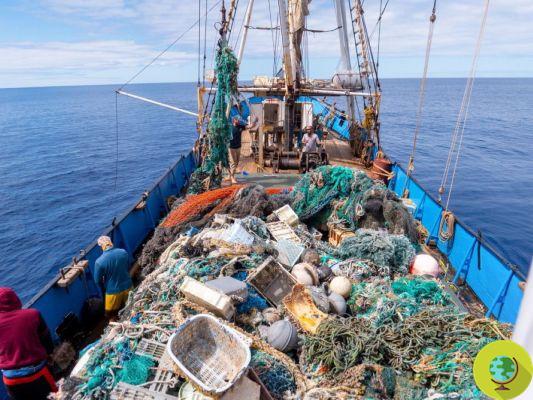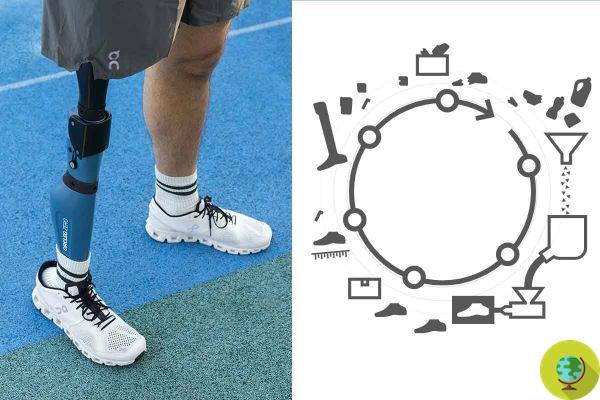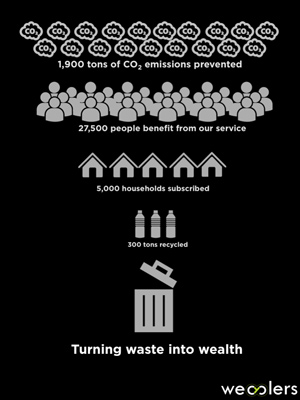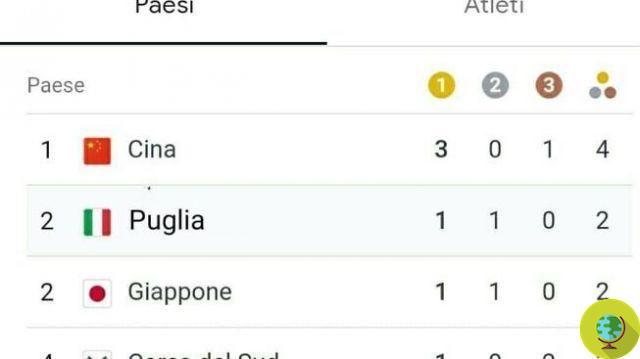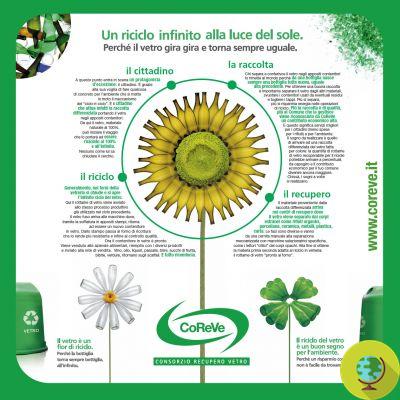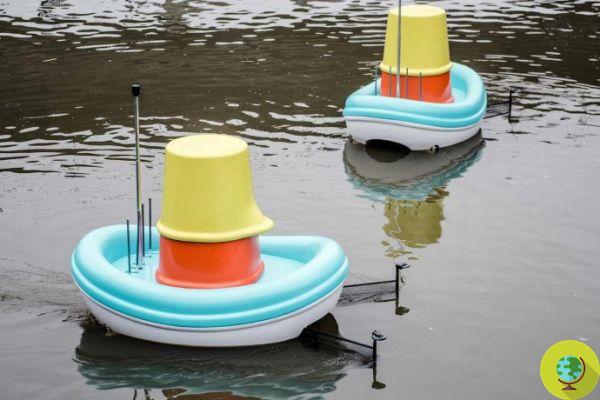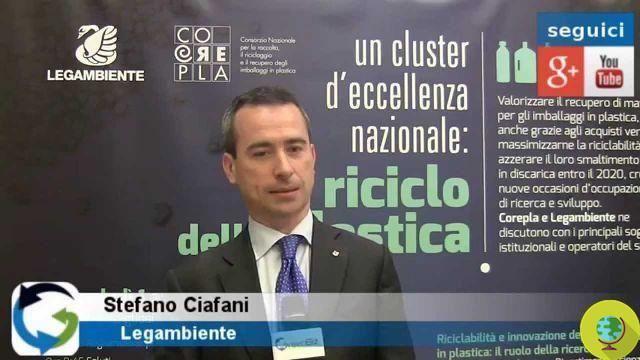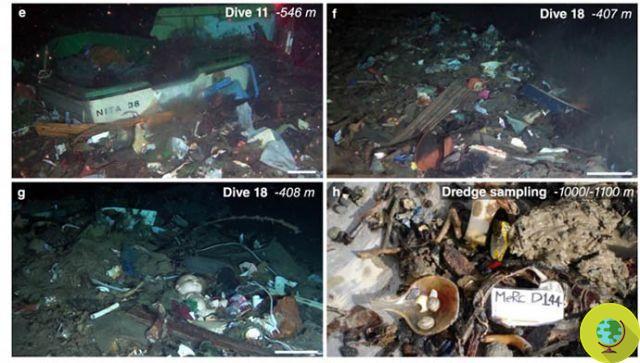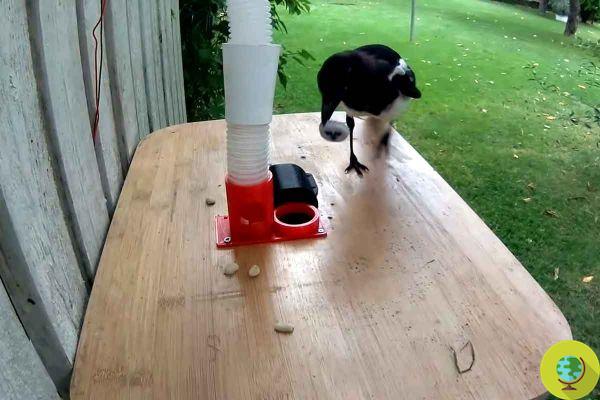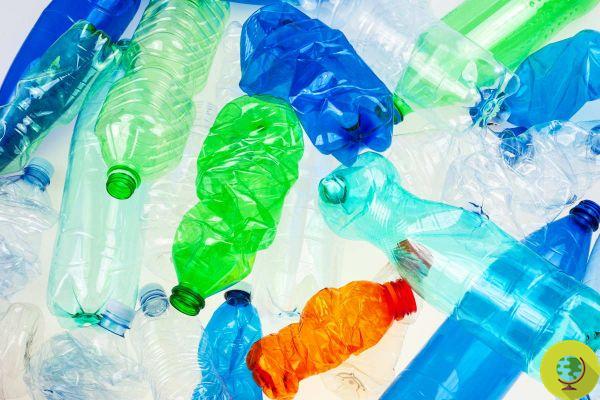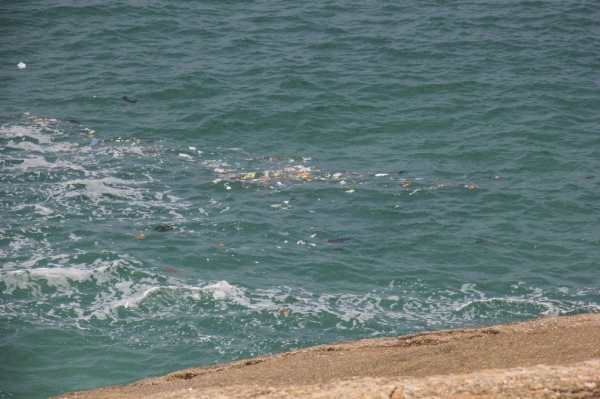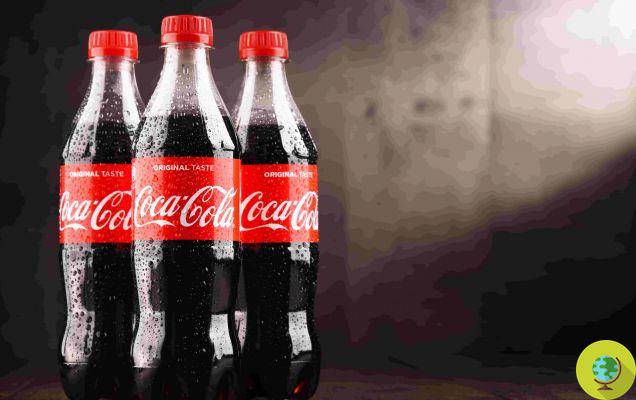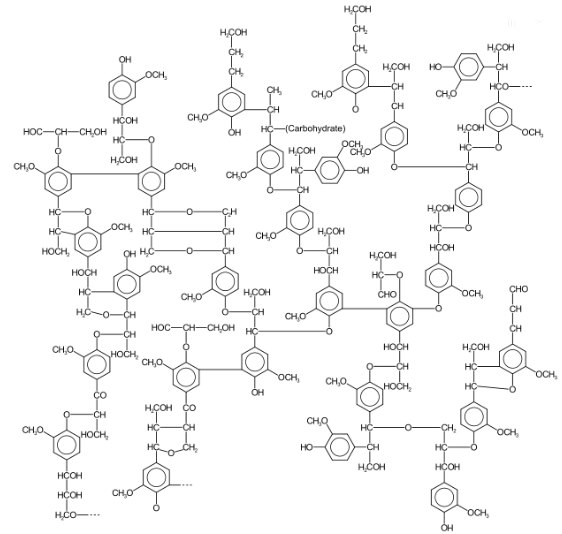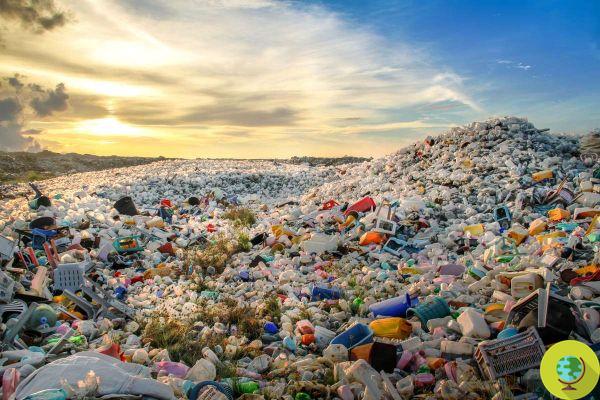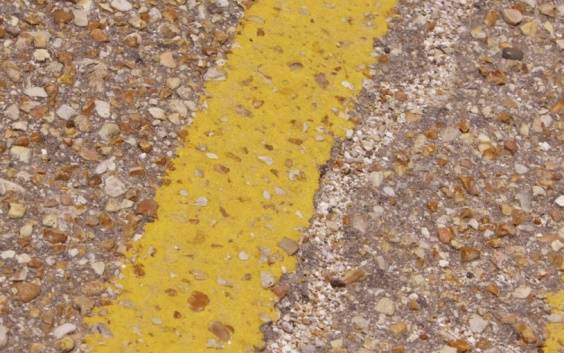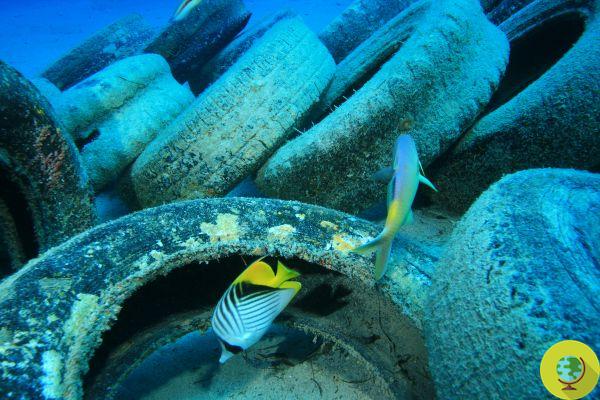
The remnants of discarded tires also contribute to marine microplastic pollution. This was revealed by a large new study
He is about to end up run over, his mother saves himThe remnants of discarded tires also contribute to marine microplastic pollution. A new study has revealed that particles released from vehicle tires could be a significant and hitherto unrecognized source of microplastics in the marine environment. And of course all of this ends up in the stomachs of fish and seabirds.
The research, conducted by the British University of Plymouth, is therefore one of the first in the world and one of the largest to have identified tire particles as the main and additional source of microplastics. Previously, scientists had focused on those originating from microspheres in cosmetics and the degradation of larger objects such as plastic bags and bottles, found virtually everywhere from the oceans to the depths of the Arctic, to rivers and even in the stomachs of birds, such as revealed a recent study.
The birds are eating hundreds of bits of plastic every day, according to new studies
The new research was led by Professor Richard Thompson, head of the International Marine Litter Research Unit, and Plymouth researchers Dr. Imogen Napper and Florence Parker-Jurd. Also involved is Dr. Geoff Abbott of Newcastle University's School of Natural and Environmental Sciences, who developed an innovative method using the smass pectrometry to detect microplastics derived from tires in the environment.
Not just synthetic fibers for clothing, marine gear and bags. Old tires also contribute significantly to pollution. The study shows that tire particles can beand transported directly to the ocean through the atmosphere or by rainwater in rivers and sewers, where they can go through the water treatment process.
Researchers estimate that around 100 million m² of the UK's river network - and over 50 million m² of estuaries and coastal waters - are at risk of tire particle contamination. A huge amount.
According to the study authors, the project will serve to guide ongoing research into marine plastic pollution and the impact of human activities on the marine environment.
“What this study also does is provide further evidence of the complex problems posed by microplastic pollution. We have looked at three pathways and shown that all of them are important for the environment. As we work to understand their potential distribution and impacts, it is also important to collaborate with industry and policy makers to identify potential solutions that may include changes in behavior, product design and waste management "
said the prof. Thompson that he also oversaw the first research project on microplastics and their impact on marine life nearly a decade ago. Thanks also to his contribution in Great Britain, the ban on microspheres in personal care products was introduced in 2018.
The UK bans microplastics in cosmetics
This research will help identify gaps and recommendations for tackling marine plastic pollution, both in the UK and globally.
Sources of reference: University of Plymouth
READ also:
Mussel reefs increase the risk of exposure and consumption of microplastics. I study
Record of microplastics in the Tyrrhenian Sea: it is the highest level ever recorded in the world




